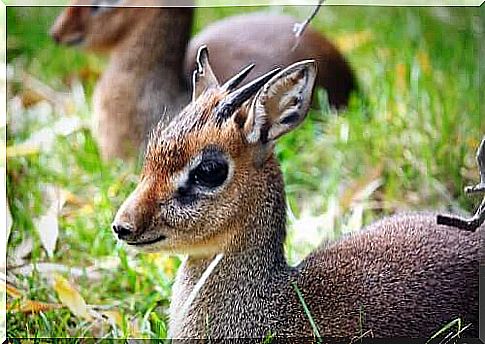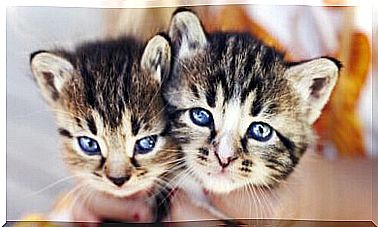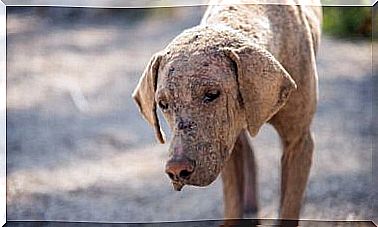Silver Dik-dik: Protection And Protection

The silver dik-dik is a small antelope that weighs a little more than a house cat. It is located on a long and narrow coastal strip that stretches for 250 kilometers from the capital of Somalia, north of Mogadishu, to the port city of Hobyo. This coastal strip is known as the Hobyo Grasslands and Shrubs ecoregion, according to the World Wildlife Found (WWF).
The ecoregion has white and orange sand dunes and endemic species of birds, mammals and reptiles. But political instability has left this area largely unexplored by scientists. Of the four recognized species of dik-dik, scientists know very little about the silver one.
Physical description
It was initially thought to be the same species as the Madoqua dik-dik, but silver dik-dik was classified as a separate species in 1978 : based on its smaller size, uniform silver color, and upper dental arch length .
Scientists are analyzing the physical characteristics of silver dik-diks to further distinguish them as a species. The team examined the differences in coat color and size by looking at photographs from the La Specola Museum of Zoology and Natural History in Italy. The specimens from the collection of the Faraggiana-Ferrandi Museum of Natural History, also located in Italy, were used as a basis for further comparisons.

All dik-diks have large dark eyes surrounded by white hair, and a thick lock of hair protrudes between the short horns of the males. Researchers found several distinguishing features in the silver dik-dik, including size.
Silver dik-diks are smaller, with smaller ears and a less distinctive white circle around the eyes. Additionally, the dik-dik’s individual silver hairs have a black tip, followed by a cream and then reddish brown streak. These alternating light and dark bands never exceed five millimeters.
Few data on the silver dik-dik
Scientists still know very little about the actual distribution and population size of silver dik-diks. They originally thought silver dik-diks were limited to the coast of Somalia. But the antelope was recently photographed in Ethiopia’s Ogaden region, which shares a border with Somalia.

In 1999, scientists estimated that the silver dik-dik population numbered 30,000. Even with new knowledge of its widespread use, this number could be overestimated. According to the International Union for Conservation of Nature (IUCN) Red List, the species is labeled as “data deficient” due to a lack of available information.
The trend in the growth of the silver dik-dik population is not known precisely, but it is certainly on the decline, experts say. Unfortunately, these animals do not live in protected areas, they are often hunted, as their skin is highly prized and the male’s horns are exported or used to make key rings.
The silver dik-dik is also sold alive and is used to train hunting falcons due to its short stature. Furthermore, the species is undergoing the destruction of its habitat at the hands of man.
The years of political instability and the ongoing conflict in Somalia have led to greater anthropization along the coastal habitat.









